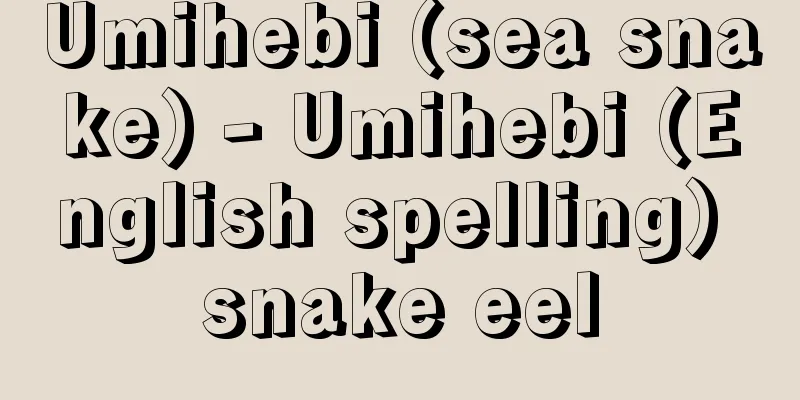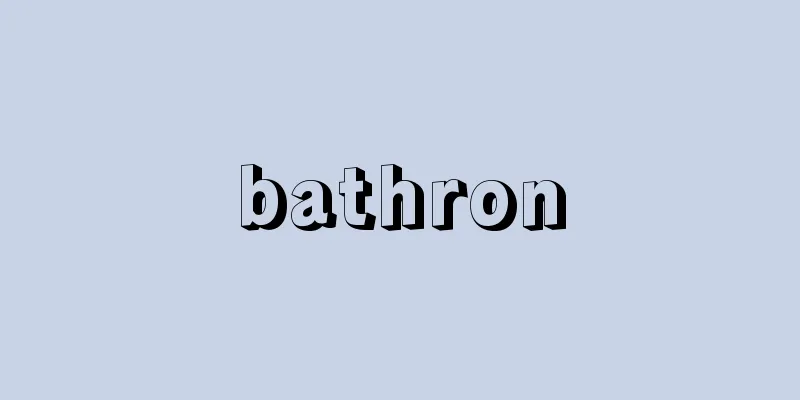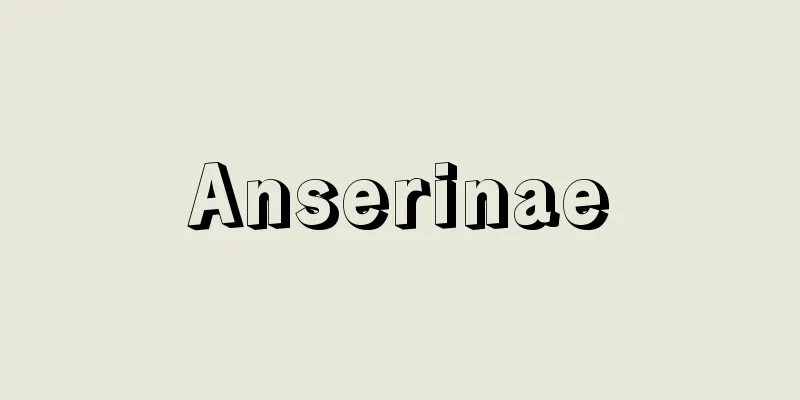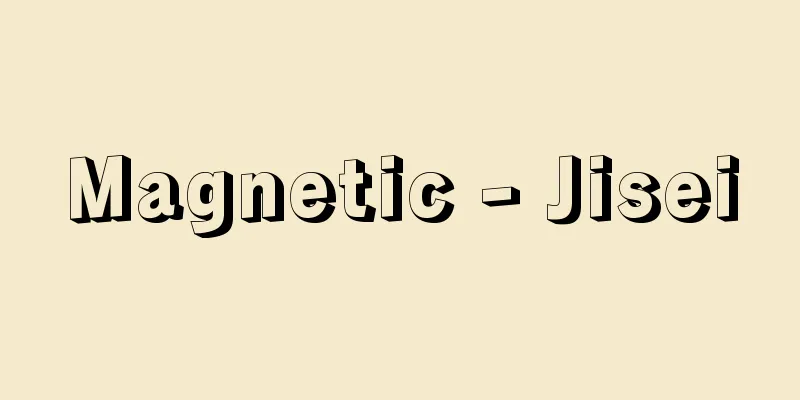Umihebi (sea snake) - Umihebi (English spelling) snake eel

A general term for marine fish belonging to the Ophichthidae family of the order Anguilliformes. They are widely distributed from the Kanto region southward, and about 30 species are known to inhabit the waters off Japan. Their bodies are cylindrical and slender, and as their name suggests, they resemble snakes, but their skin has no scales, which also makes them different from reptile sea snakes. They have no pelvic fins, and some species, such as the earthworm conger eel and the stringer sea snake, do not even have pectoral fins. Their caudal fins are also degenerate, and many do not have them at all. They live in tide pools, gravel bottoms, reefs, and slightly deeper sandy and muddy bottoms in the intertidal zone, hiding in the shade or on the seabed during the day and becoming active at night.Umihebi (sea snake)Source: Heibonsha World Encyclopedia, 2nd Edition Information |
ウナギ目ウミヘビ科Ophichthidaeに属する海産魚の総称。関東以南に広く分布し,日本近海には約30種が知られている。体は円柱状で細長く,その名のようにヘビに似ているが,皮膚にうろこがなく,この点でも爬虫類のウミヘビとはおおいに異なる。腹びれはなく,ミミズアナゴ,ヒモウミヘビなどのように胸びれもないものがある。尾びれも退化し,まったくないものが多い。潮間帯の潮だまりや砂れき底,岩礁,やや深い砂泥底などにすみ,日中は物陰や海底に潜み,夜間活動する。
ウミヘビ【ウミヘビ(海蛇) sea snake】出典 株式会社平凡社世界大百科事典 第2版について 情報 |
>>: Sea cypress (Macrorhynchia phoenicea)
Recommend
Specialized foreign exchange bank
Banks that specialize in foreign exchange and trad...
《International Trade》 - International Trade
…In 1977, he shared the Nobel Prize in Economic S...
Mathematike syntaxis (English spelling)
…It has long held the first place as the represen...
Kama Pass
A pass between Kama City and Toho Village in centr...
Netherlands Trading Company (English: Nederlandsche Handel‐Maatschappij)
After the Napoleonic Wars, Java and other former E...
Saint-Cyran
1581‐1643 French theologian. Born Jean Duvergier d...
jar
…The Chinese term '甶 = 瓮' includes invert...
Kazuo Kikuta
Born: March 1, 1908 in Yokohama [Died] April 4, 19...
Partial equilibrium theory
The theory of equilibrium is a method of economic ...
Antelami, B. (English spelling) AntelamiB
… [Kazushi Mochizuki] [art] The Cathedral of Sant...
"Oroku and Gantetsu"
...By the 4th generation Tsuruya Nanboku. Commonl...
Fu Jian
317‐355 First emperor of the Qin (Former Qin) dyna...
Mitake [village] - Mitake
A village in Kiso County, southwest of Nagano Pref...
Wood fragrance - Mokkou
Herbal medicine Use for Herbal medicine One of th...
Scalloped Hammerhead Shark - Scalloped Hammerhead Shark
...The English name is hammerhead shark, named af...









